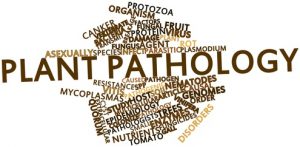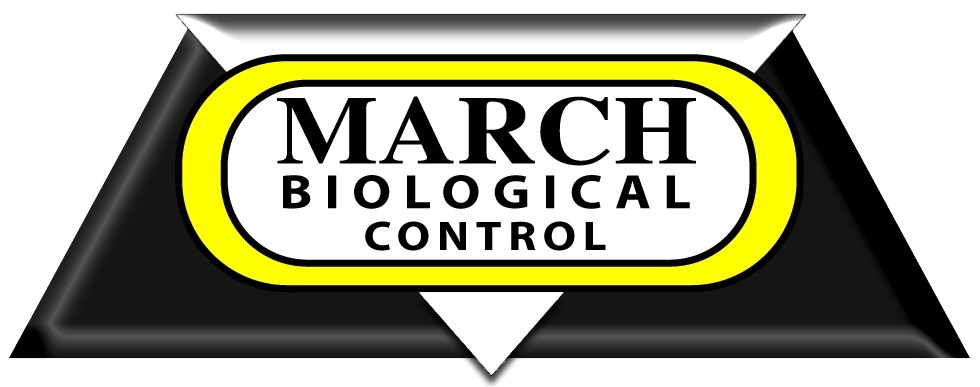Nematodes in my garden – is that good or bad?
 There are different types of nematodes. Some are harmful, spreading serious diseases in humans and/or destroying crops and plants.
There are different types of nematodes. Some are harmful, spreading serious diseases in humans and/or destroying crops and plants.
Fortunately, most types of nematodes have no adverse effect on humans. In fact, they can be highly beneficial.
They live in soil, fresh and salt water, feeding on bacteria, protozoans, fungi and sometimes, other nematodes. In doing so, they play an important part in the nutrient release and cycling of the growth in plants.
There are nematodes that feed on insects, and help control infestations of bad bugs. In fact, some nematodes are grown commercially for the sole purpose of biological insecticide. According to the Australian Forestry, the release of a nematode to control the Sirex wood wasp has saved them close to 80 million US dollars.
Nematodes have proved important in various other ways as well. One species, the Caenorhabditis elegans was the first multi-cellular organism to complete a DNA strand without any sequence gaps. This is huge for medical and biological research companies. This same nematode also survived the Space Shuttle Columbia disaster.
For the average homeowner, organic gardener, or farmer, Beneficial Nematodes offer the greatest value when it comes to biological control, due to the wide variety of pests they control and how easy it is to get great results. Root weevil, European crane fly, grubs, ants, fleas, cut worm, and over 250 soil dwelling pests that are so difficult to control using other methods are just a tasty mid afternoon snack for Beneficial Nematodes. Any pest that spends any part of its life cycle in the soil falls prey, most before they enter their adult stage.
So remember, while nematodes are generally little and often unseen, they have a huge impact on us and our environment.
Beneficial Nematodes are sold live on sponges that can be stored under refrigeration for a week or two before use. A few gallons of water is used as a carrying agent. This concentrate can be applied through a hose end sprayer, pump sprayer or with the use of a watering can. Container growers can mix a bucket full and dunk individual pots. Can be used inside on potted plants that have fungus gnat infestation. 1 million covers 3000 square feet, 6 million covers 1/4 acre, and 24 million covers 1 acre. For more information or to order your nematodes call Brad the Bugman at 800-328-9140.
